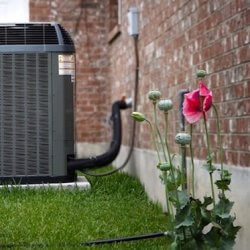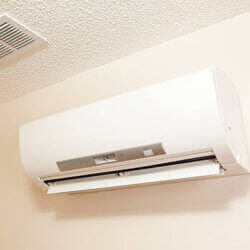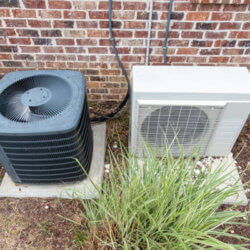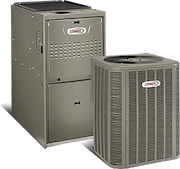
One of the easiest ways to boost your HVAC system’s efficiency is through thermostat best practices. Just learning a few thermostat best practices can help you save significantly on energy costs and get more out of your heating and cooling system. It is easy to use your thermostat to help keep your HVAC system working well. Just keep a few basic rules in mind, and you will be well on your way to better — and cheaper — heating & air conditioning.
Why Learn Thermostat Best Practices?
The most obvious reason for learning thermostat best practices is that employing them can help you achieve a more energy efficient HVAC system. That means lower energy costs, but it also means a better functioning HVAC system for years to come. The more you overwork your HVAC system, the more wear and tear you are going to see. Paying attention to thermostat best practices also allows you to be careful about not overworking your HVAC system and causing unnecessary issues, malfunctions, and breakdowns. Plus, the more you can learn about how your HVAC system functions, the better you are able to diagnose issues, prevent damage, and generally care for your heating and cooling units.
Top Fall Thermostat Tips
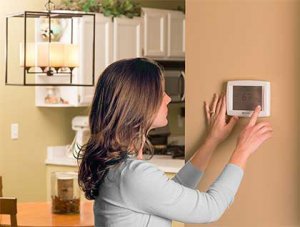
How can you get started with thermostat best practices this fall? Perhaps surprisingly, the most impactful of the fall thermostat best practices is to upgrade to a programmable or a wireless thermostat. Simply giving yourself that much more control over how and when you adjust your thermostat makes a world of difference in terms of energy efficiency and temperature control.
The other big factor, though, is you! Picking a schedule for how you will use your heating and cooling () can increase efficiency significantly. Do you need to leave your HVAC system on for pets while you are away? At what temperature does the AC switch off? Simply thinking about when and how you use your heating or AC is perhaps the best of the thermostat best practices in any season, and it is easy for anyone to apply right now.
Once you have a schedule set and have decided whether a thermostat upgrade is the right choice for you, get in touch with your HVAC technician for a fall maintenance check. This is a good idea generally as you get ready to switch on the furnace for cold weather, but it is also a good opportunity to have the sensors in your thermostat checked to make sure everything is working correctly. It is one of the more often overlooked thermostat best practices, but having sensors tested regularly is an important part of HVAC maintenance.
You can have your HVAC service team review your heating and cooling schedule, check your thermostat for any electrical or sensor issues, and recommend upgraded thermostats. All this can be done during your regular fall maintenance visit, and you might also consider asking your service team about installing zones that allow you to heat only part of the home at a time. This allows you to get even more finely tuned in applying thermostat best practices, while getting the most comfort possible from your heating & air conditioning system.
Learn More About Thermostat Best Practices
For more information on the best ways to help your thermostat function, or to schedule a heating & air conditioning maintenance check, give the experts at Galmiche & Sons in St. Louis a call today!





